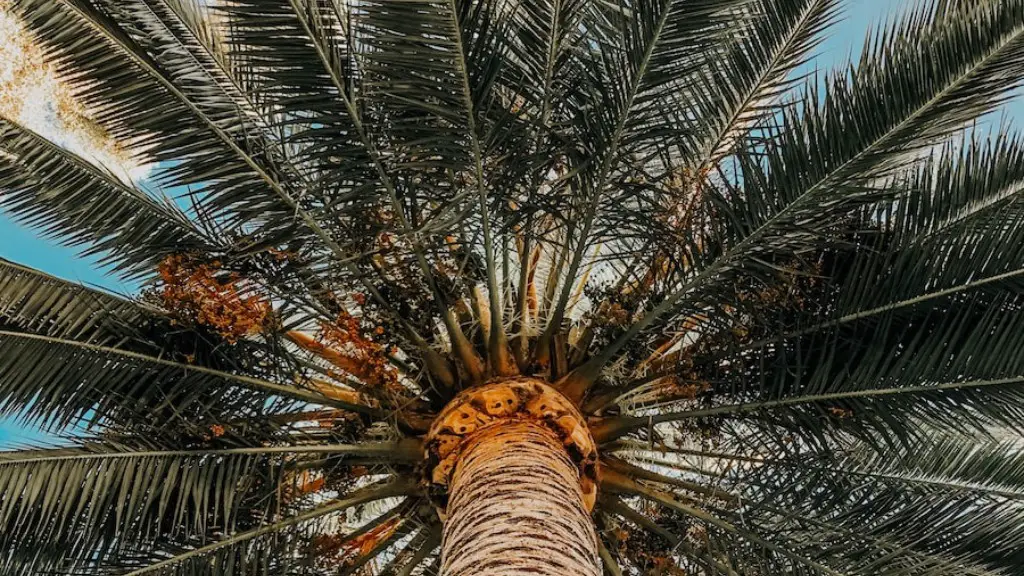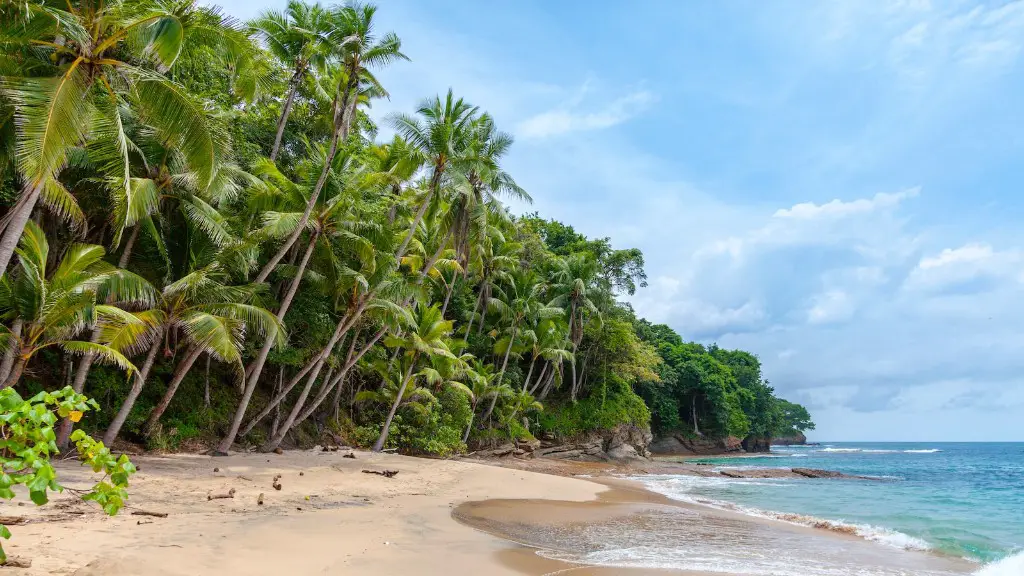Climate Conditions
Avocado trees are hardy and can tolerate a wide range of climate conditions. In Washington State, where the climate is generally mild with wet winters and dry summers, it is possible to grow an avocado tree, though some extra care is required. The ideal climate range for an avocado tree is between 15 and 25 degrees Celsius, and the average winter temperature in Washington is between 5 and 9 degrees Celsius. Although this is colder than ideal, avocado trees can tolerate temperatures down to -4 degrees Celsius.
Sunlight
Avocado trees need bright sunlight for healthy growth. Washington State receives an average of 2,159 hours of sunshine per year, which is more than enough for a healthy avocado tree. As long as the avocado tree has plenty of sunlight and is protected from strong winds, it should be able to grow in Washington State.
Soil Quality
Avocado trees thrive in well-draining, rich soil. Washington has a variety of soils, ranging from sandy loam to clay loam, and these soils can support an avocado tree with some fertilizer and care. The soil should have a pH of between 6.0 and 7.0, and it should have plenty of organic matter.
Watering
Avocado trees need regular watering, especially during dry periods. In Washington State, it is generally recommended to water an avocado tree once or twice a week, depending on the temperature and weather conditions. The tree should be watered deeply and evenly, and the soil should be kept moist (but not soggy) at all times.
Pruning
Pruning an avocado tree is important for its health and growth. Avocado trees should be pruned in the early spring, before new growth begins. The goal of pruning is to remove crossing, dead, or diseased branches, and to shape the tree into a more open, vase shape to allow for better air and light penetration.
Fertilizer
Avocado trees need regular fertilizer to keep them healthy. In Washington State, it is recommended to use a balanced, slow-release fertilizer every six to eight weeks, starting in the early spring. The fertilizer should be applied in the tree’s root zone, and according to the manufacturer’s instructions.
Pests and Diseases
Avocado trees are susceptible to a variety of pests and diseases, including mealybugs, whiteflies, scale insects, and root rot. It is important to monitor the tree regularly and take measures to control any pests or diseases quickly. Neem oil and other organic pest control methods can be used to help prevent and control pests and diseases.
Cold Protection
In winter, it is important to protect an avocado tree from the cold. The tree should be wrapped in burlap or other material to prevent cold winds from damaging the branches and leaves. In addition, mulching the soil around the tree can help to protect its roots from extreme temperatures.
Harvesting
When an avocado tree is mature (usually four to five years old), it will begin to produce fruit. Avocado fruit ripens on the tree, so it is important to keep an eye on the fruits and pick them as soon as they are ripe. The fruit can be harvested from the tree using a long-handled tool or by shaking the tree gently.
Propagation
Avocado trees can be propagated from seed or through grafting. Grafting is the process of joining a stem from an existing tree (the “scion”) to the rootstock of a young tree. Grafting is a relatively simple process, but it is important to use the correct variety of scion and the correct technique to ensure a successful graft.
Conclusion
Overall, an avocado tree can be grown successfully in Washington State with the right climate conditions, soil quality, and care. With regular watering, pruning, and fertilizer, an avocado tree can produce healthy fruits and be a beautiful addition to any garden.

